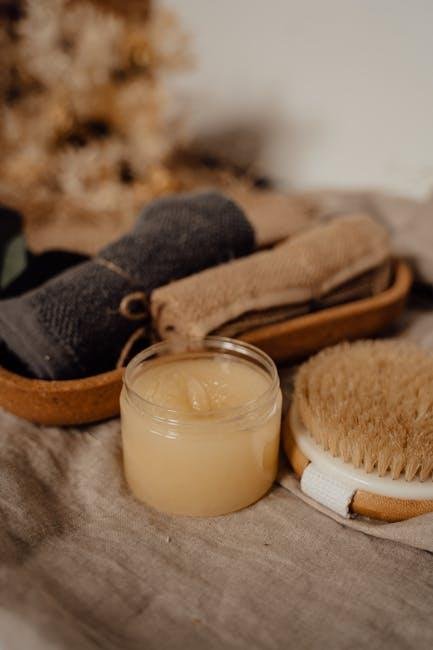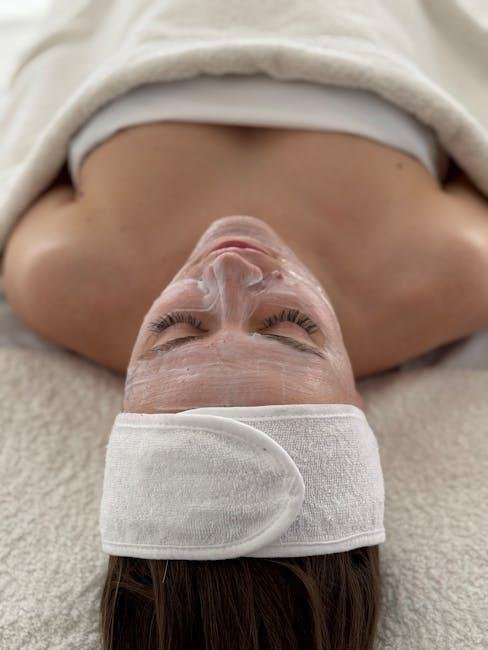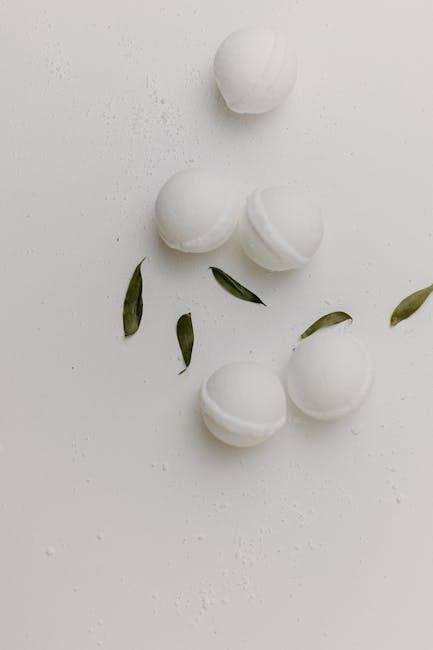In a world increasingly defined by the choices we make, our skincare routines have evolved into essential rituals, promising everything from radiant skin to anti-aging miracles. However, as we navigate the vast sea of lotions, serums, and creams, it becomes crucial to unveil the truth hidden within the ingredient lists that adorn our beloved products. Not all that glitters is gold; while some ingredients boast beneficial properties, others may harbor harmful effects lurking beneath the surface. This article aims to equip you wiht the knowlege to identify and avoid potentially harmful ingredients in skincare, empowering you to make informed choices for your skin’s health. Together, let’s peel back the layers of marketing jargon and discover how to prioritize safety in our quest for beauty.
Identifying Red Flags in Ingredient Labels
When analyzing skincare ingredient labels, vigilance is key. Look for harmful chemicals that frequently enough sneak onto product lists under less familiar names. Ingredients like parabens,which are used as preservatives,can disrupt hormonal balance and may contribute to various health issues. Similarly, sulfates, common in cleansers for their foaming properties, can strip natural oils from the skin, leading to dryness and irritation. Here are several red flags to watch out for:
- Parabens: Methylparaben, Propylparaben
- Sulfates: Sodium Lauryl Sulfate (SLS), Sodium Laureth Sulfate (SLES)
- Formaldehyde: Quaternium-15, DMDM Hydantoin
- Fragrance: Unknown synthetic scents
Another area of concern involves synthetic fragrances and colors, which can lead to allergic reactions or sensitivity. Realistically, labels may not specify the exact composition of these fragrances, making it arduous for consumers to know what they’re applying to their skin. be mindful of non-comedogenic claims, as they may not always translate to being free from damaging ingredients. Consulting a table of common harmful ingredients can assist in making informed choices:
| Ingredient | Potential Harm |
|---|---|
| Triclosan | Endocrine disruption, skin irritation |
| BHA/BHT | Possible carcinogen, skin allergies |
| Mineral Oil | Clogs pores, leads to acne |

Understanding common Cosmetic Chemicals to Avoid
As we delve into the world of skincare, it’s crucial to familiarize ourselves with certain cosmetic chemicals that can pose potential risks to our skin health. Many products on the market contain ingredients that are known irritants or allergens. By understanding these harmful substances, you can make informed choices. Here are some common offenders to keep an eye out for:
- Parabens: Often used as preservatives, these can mimic estrogen and disrupt hormonal balance.
- Sodium Lauryl Sulfate (SLS): A harsh surfactant that can strip natural oils, leading to irritation.
- Formaldehyde: Common in nail products and hair straightening treatments,it is a known carcinogen.
- Fragrance: A vague term that can encompass many synthetic chemicals, frequently enough leading to allergic reactions.
- Phthalates: Used to enhance product absorption, these chemicals can interfere with the endocrine system.
It’s also beneficial to identify alternatives that promote skin health rather than compromise it. When scanning product labels, consider the following safer ingredients that help nourish and protect the skin:
| Harmful Chemical | Safer Alternative |
|---|---|
| Parabens | Natural preservatives (e.g., rosemary extract) |
| SLS | Natural surfactants (e.g., coconut-derived agents) |
| formaldehyde | Formaldehyde-free options (e.g., vegan nail polish) |
| Fragrance | Essential oils |
| Phthalates | Natural emulsifiers (e.g., beeswax or shea butter) |

decoding Your Skincare Routine: Safe alternatives to Harmful Ingredients
Understanding your skincare ingredients is crucial for maintaining healthy skin. Many products contain substances that can be irritating or harmful over time, which is why it’s essential to know how to identify these ingredients. Common offenders include parabens,sulfates,fragrance,and formaldehyde-releasing preservatives. these chemicals can disrupt hormonal balance, irritate sensitive skin, and cause long-term damage. To ensure your routine is safe, always check the ingredient label and be mindful of any components that are flagged in current research as problematic.
Fortunately, there are safe alternatives that can deliver similar benefits without the harmful side effects. When searching for replacements, consider using ingredients like natural oils (e.g., jojoba oil, squalane), plant-based extracts (such as chamomile or aloe vera), and gentle surfactants derived from coconuts. Here’s a rapid comparison of harmful ingredients and their safer counterparts:
| Harmful Ingredient | Safer alternative |
|---|---|
| Parabens | Plant-based preservatives (e.g., rosemary extract) |
| Sulfates | Gentle non-sulfate cleansers (e.g., coco-glucoside) |
| Fragrance | Essential oils (e.g., lavender, tea tree) |
| Formaldehyde | Natural antibacterial agents (e.g., tea tree oil) |

Empowering Your Choices: Tips for Choosing Clean and Safe Products
When navigating the world of skincare, understanding ingredient labels is essential for making safer choices. To protect yourself from potentially harmful substances, start by familiarizing yourself with common hazardous ingredients:
- Parabens: Frequently enough used as preservatives, they can disrupt hormonal balance.
- Sulfates: These surfactants can strip natural oils, causing dryness and irritation.
- Phthalates: Known for softening plastics,they may affect hormone levels.
- Formaldehyde: Used in some products, this known carcinogen is best avoided.
- Fragrance: this umbrella term can mask a variety of allergens and irritants.
Another key strategy is to seek out clarity from brands. Many companies now provide detailed information about their formulations. Look for products labeled as “free from” harmful substances, and always check for certifications indicating compliance with safety standards. Engaging with brands on social media or visiting their websites can yield valuable insights into their ingredient sourcing and testing methods. Consider the following table for quick reference on skin-amiable alternatives:
| Harmful Ingredient | Safer Alternative |
|---|---|
| Parabens | Natural preservatives (e.g., Vitamin E) |
| sulfates | Plant-derived cleansers (e.g., Cocamidopropyl Betaine) |
| Fragrance | Essential oils or unscented options |
The Conclusion
As we draw the curtain on our exploration of harmful ingredients in skincare, it’s clear that knowledge is not just power—it’s protection. By arming yourself with the ability to read labels judiciously and knowing which ingredients to watch for,you are taking a notable step towards safeguarding your skin’s health. Remember, the world of skincare is vast and varied, but being an informed consumer allows you to navigate it with confidence.
As you embark on your skincare journey, let curiosity guide you, and never hesitate to question what’s in your products. Your skin deserves the best, and by staying vigilant, you ensure that your choices reflect that commitment. Here’s to a future of luminous, healthy skin—free from the shadows of harmful ingredients. Happy exploring!

